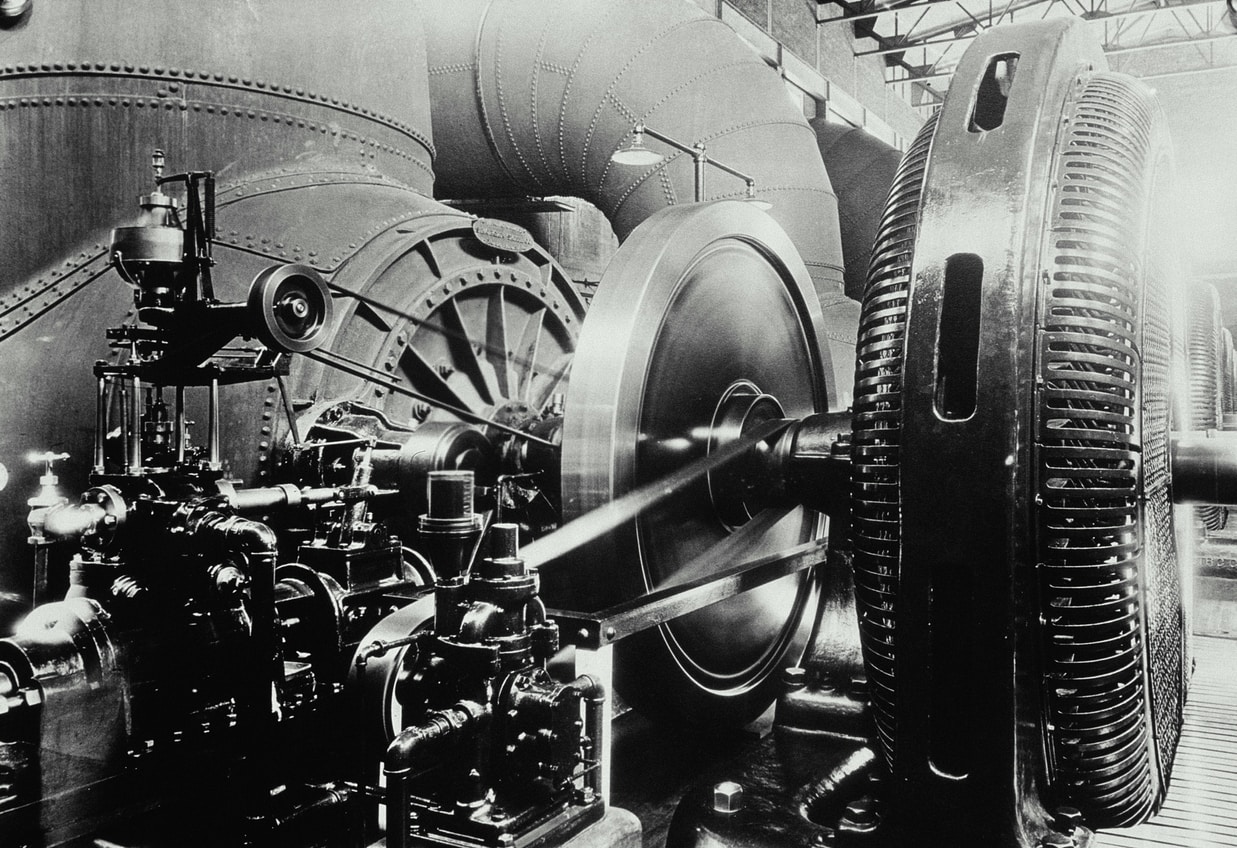
A Testament to Early Industry
Nestled in a quiet corner of rural America stands the Sim Corder/Harrison Mill, a relic from an era when the rhythm of life was measured by the steady turning of wooden gears and the gentle splash of water on paddlewheels. Built in the mid-1800s, the mill became a cornerstone for the surrounding community, offering vital services like grinding grain and sawing lumber. Its robust timber structure, towering stone foundation, and creaky wooden floors hold centuries of whispered conversations, the scent of freshly ground flour, and the echoes of industry. Over time, technological advancements rendered many such mills obsolete, leaving them to decay or fall to the wrecking ball. Yet, the Sim Corder/Harrison Mill has endured, thanks to a growing appreciation for the tangible reminders of America’s early industrial ingenuity.
The Historical Significance of the Mill
More than just an industrial facility, the Sim Corder/Harrison Mill is a link to the region’s social and economic history. Mills like this were once gathering places where farmers exchanged news, discussed politics, and built community bonds while waiting for their grain. Documents from local archives indicate that the mill played a key role during the Civil War, acting as a discreet meeting spot for local citizens involved in logistical support efforts. Its location, near reliable water sources and along early trade routes, made it both a practical necessity and a symbol of economic resilience. Architectural historians often emphasize the craftsmanship involved in constructing the mill, highlighting its timber frame design, mortise-and-tenon joints, and hand-hewn beams, all of which reflect the skills and resources of 19th-century America.
Challenges Facing Preservation
Preserving the Sim Corder/Harrison Mill has not been without significant obstacles. Decades of exposure to the elements have left sections of the mill vulnerable to rot and structural instability. Water damage, a natural hazard for mills built near streams or rivers, has taken its toll on the wooden components. Moreover, the specialized knowledge required to restore historic machinery, like the millstones and gears, has dwindled as fewer artisans practice the trade. Financial constraints also loom large. Preservation requires a careful balance between stabilizing the building for safety and maintaining historical authenticity. Fundraising has involved everything from community bake sales to grant applications, with local historical societies often spearheading the efforts.
A less obvious but equally pressing challenge is fostering public interest. Younger generations sometimes view old mills as obsolete relics rather than living pieces of history. Educating the community about the mill’s role in shaping local heritage has become a core part of the preservation effort. Volunteers frequently lead tours, host educational workshops, and develop interactive exhibits to keep the story alive. These activities bring visitors to the mill and cultivate a deeper appreciation for the craftsmanship and history that define such historic structures.
Modern Preservation Strategies
Efforts to save the Sim Corder/Harrison Mill blend traditional techniques with modern technology. Historians, architects, and engineers collaborate to create precise digital models of the building’s structure, allowing experts to plan restoration work without risking further damage. Laser scanning captures minute details of the mill’s interior and exterior, preserving a digital archive for future generations. Such technology can also help identify structural weaknesses invisible to the naked eye.
Local artisans skilled in traditional woodworking techniques are vital to the project. From replicating wooden gears to replacing weathered siding with historically accurate timber, their craftsmanship ensures that restorations remain true to the mill’s original design. At the same time, modern materials are sometimes used in non-visible areas for added stability, striking a careful balance between preservation and safety.
Grants from state historical commissions and national preservation organizations have provided critical funding. These grants often require meticulous documentation, forcing preservationists to delve deep into the building’s past. Through this process, fascinating details about the mill’s operations and the lives of those who worked there have emerged, enriching the broader historical narrative.
The Mill’s Role in Community Identity
Beyond its architectural beauty, the Sim Corder/Harrison Mill represents resilience and community spirit. Many local families can trace their roots to individuals who labored within its walls or depended on its services. For descendants, preserving the mill is not merely about saving an old building—it’s about honoring the legacy of ancestors whose lives were intertwined with the mill’s operation. Local schools incorporate visits to the mill into their history curricula, and art students often use it as a subject for photography and painting projects. Events like heritage festivals and milling demonstrations attract tourists, boosting the local economy while sharing the mill’s story with a broader audience.
Looking Toward the Future
The road ahead for the Sim Corder/Harrison Mill remains demanding, but momentum continues to build. Preservationists are exploring sustainable funding models, including partnerships with private businesses and heritage tourism initiatives. Long-term plans involve transforming the mill into a fully functional museum and educational center, offering live milling demonstrations and interactive exhibits that bring history to life. Community engagement remains at the heart of these plans, ensuring that the mill does not become a static monument but remains a vibrant, evolving part of local life.
In many ways, the Sim Corder/Harrison Mill is a powerful metaphor for heritage preservation—a blend of tradition and innovation, of remembering the past while adapting to the present. Thanks to dedicated individuals and organizations, the mill’s paddles may one day spin again, echoing the sound of water and wood that once marked the heartbeat of a thriving community. In preserving it, we safeguard a building and the stories, ingenuity, and collective identity that define our shared history.